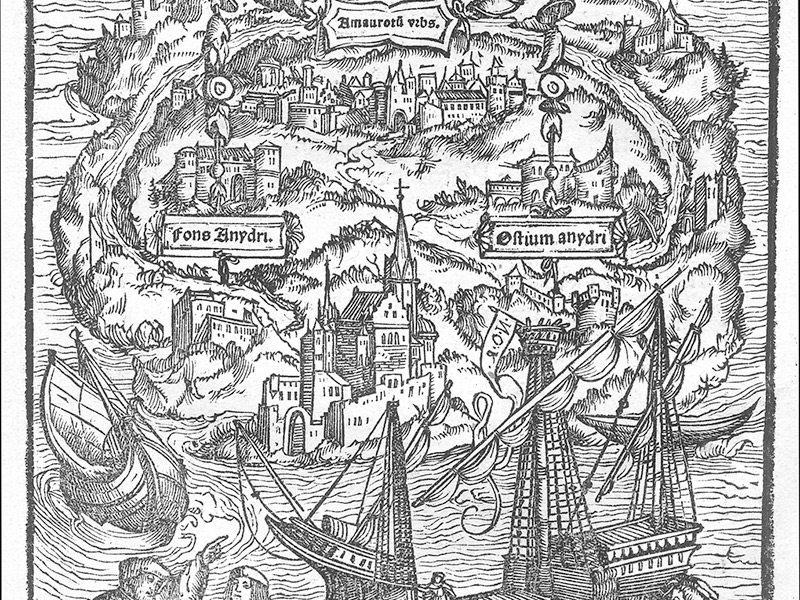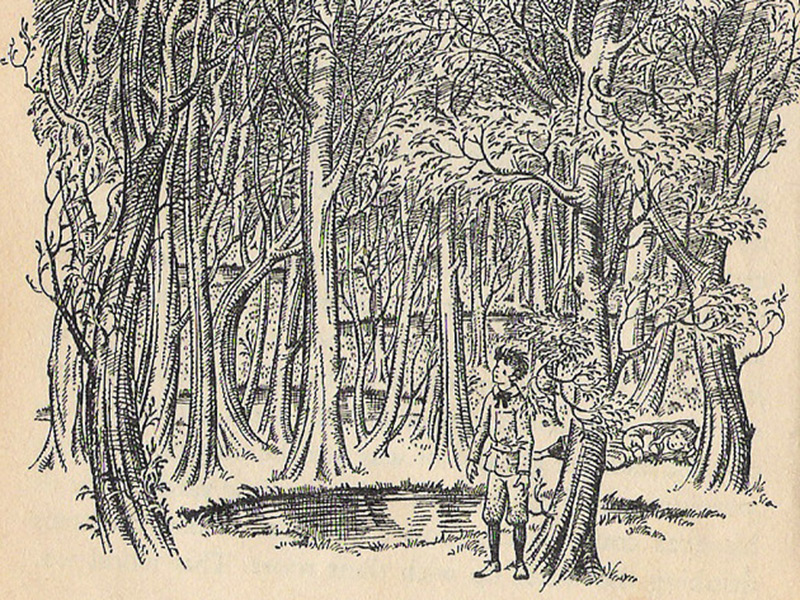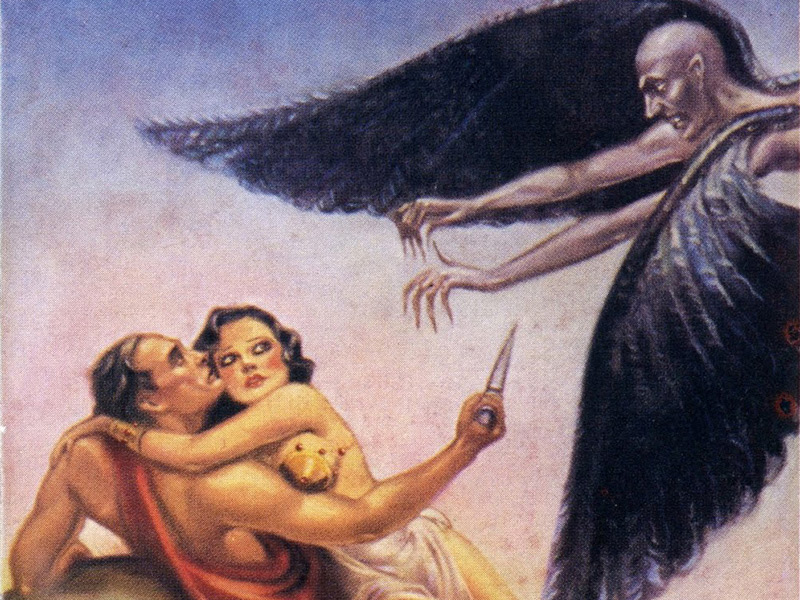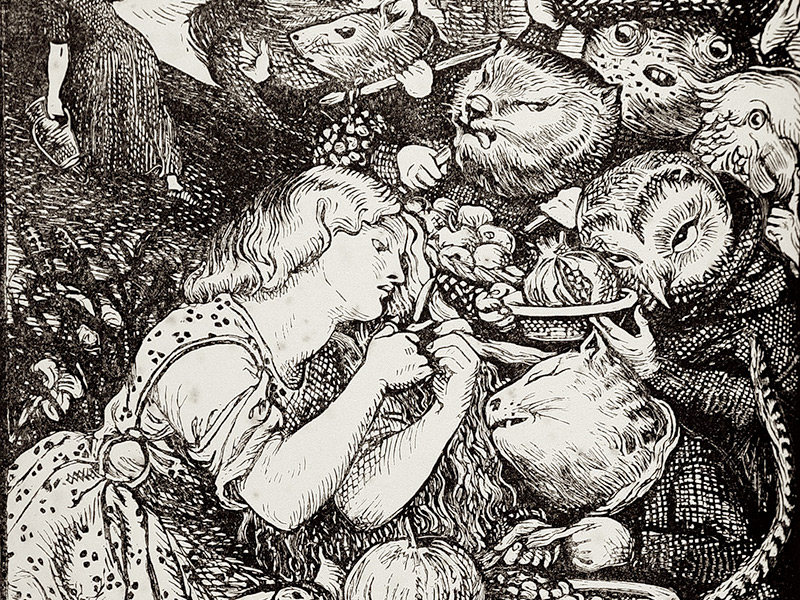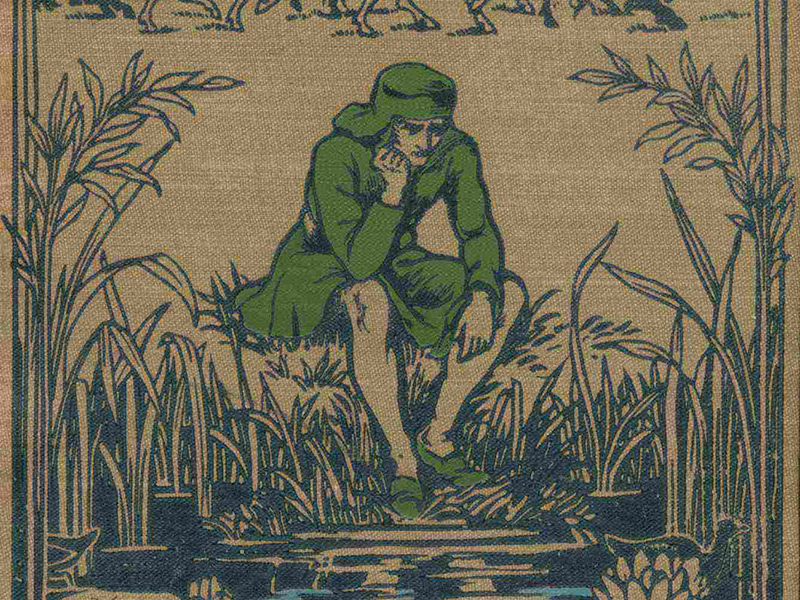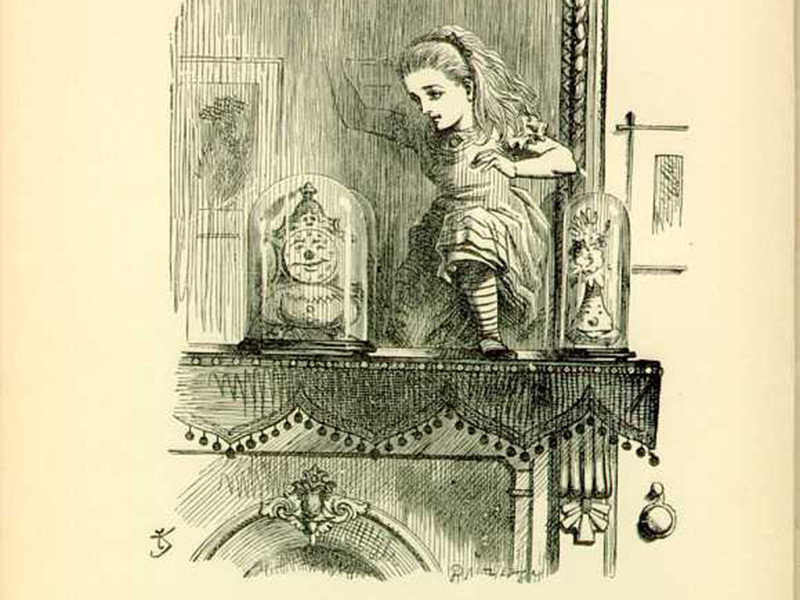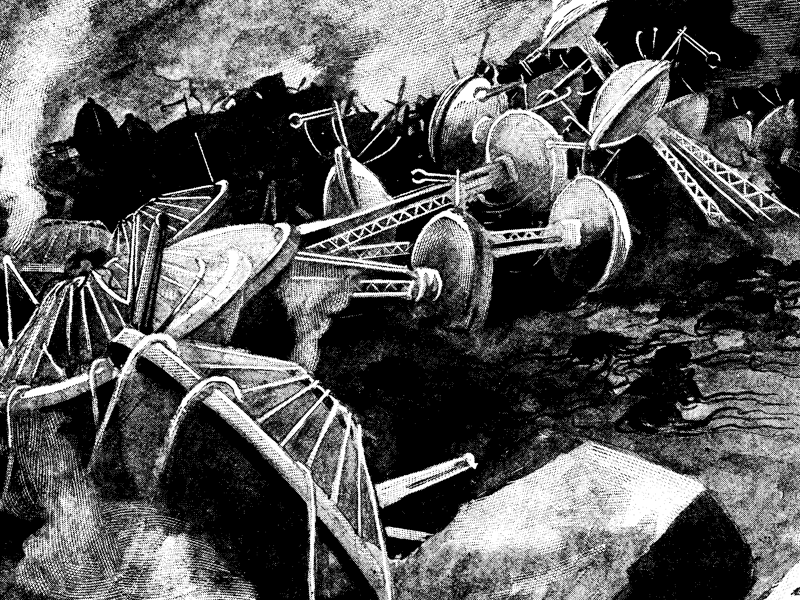Fantastic Worlds
This category of texts encompasses two primary spatial forms for fantasy: entirely fictional realms with no connection to the real ('secondary worlds' in Tolkein's terms); and texts which bridge from the real ('primary world') into fantasy and back again. We might think of secondary worlds as simply involving pure fantasy, but this category also includes science fiction as well as many works of children's literature. This form of literature tends to only emerge from the late 19th century onwards. Because the world is entirely fictional it also often (though not always) contains a map of that world to ground the reader and make it seem as if it is a real place that can be mapped.
Fantasy worlds often involve a series of related texts with the same base setting and writers who are not just creating a located fictional place but an entire superstructure. In terms of time and space/place then these worlds strongly signal that they are 'other': entirely different from the known world and challenging all of our assumptions.
Bridging spaces are initially set in a realist literary place that is strongly identifiable in time and space. However, this space only exists in order to be contrasted with another fantastic one to which the characters are going to travel, and from which they will return. The earliest and most influential example of this is Thomas More's Utopia which uses the difference between the two worlds to question and critique its own time. In a more extreme way Jonathan Swift does the same thing in Gulliver's Travels – using the differences to satirise his own society and its values. Twentieth-century children's fiction also frequently has this kind of 'bridge' text which starts and returns 'on earth', probably because of the need to reassuringly return safely home at the end of all adventures. However, time does not always correspond to that on Earth – as in The Lion, The Witch and The Wardrobe when the children become full adults in Narnia but return to earth as children just after the moment when they left (very unsettling!)


